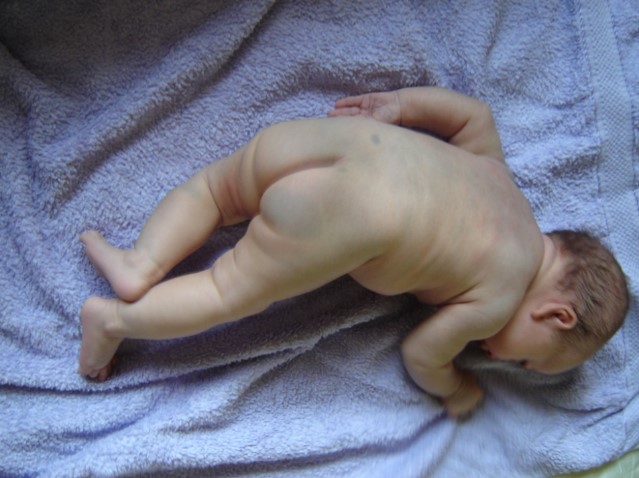
Introduction
In the vast spectrum of dermatological anomalies, the “Blue Mongolian Birthmark” stands as a peculiar and uncommon occurrence. This article will delve into the depths of this enigmatic skin condition, exploring its origins, characteristics, potential causes, and treatment options.
What Is a Blue Mongolian Birthmark?
A Blue Mongolian Birthmark, also known as Mongolian spot or congenital dermal melanocytosis, is a benign pigmented birthmark that typically presents itself in infants. These marks are usually flat, blue, or bluish-gray in color and appear most commonly on the lower back, buttocks, or occasionally on other parts of the body.
The Origins of Blue Mongolian Birthmarks
Understanding the origin of Blue Mongolian Birthmarks is essential to comprehend this phenomenon fully. These birthmarks are primarily attributed to the entrapment of melanocytes, which are melanin-producing cells, in the deeper layers of the skin during fetal development.
Incidence and Prevalence
- Geographical Distribution: Blue Mongolian Birthmarks are more commonly observed in people of Asian, African, Native American, and Hispanic descent.
- Infant Prevalence: The occurrence of these birthmarks is notably higher among infants, with about 90% of cases appearing during the first few months of life.
Characteristics of Blue Mongolian Birthmarks
Blue Mongolian Birthmarks are distinct in their appearance and can vary from one individual to another.
Color and Shape
- Bluish Hue: These birthmarks typically have a blue or bluish-gray coloration.
- Irregular Shapes: Their shapes can range from small patches to larger irregular formations.
Texture
- Flat and Smooth: Blue Mongolian Birthmarks are usually flat and smooth to the touch, unlike raised or bumpy birthmarks.
What Causes Blue Mongolian Birthmarks?
The exact cause of Blue Mongolian Birthmarks is not entirely clear, but several factors are believed to contribute to their development.
Genetic Predisposition
- Family History: A family history of Blue Mongolian Birthmarks can increase the likelihood of an individual having them.
Melanin Distribution
- Melanin Concentration: An uneven distribution of melanin in the skin’s deeper layers is thought to be a contributing factor.
Diagnosis and Medical Evaluation
If you suspect your child has a Blue Mongolian Birthmark, it’s essential to seek medical evaluation.
Dermatologist Evaluation
- Physical Examination: A dermatologist will typically diagnose Blue Mongolian Birthmarks through a physical examination.
- Rare Complications: While these birthmarks are usually harmless, in rare cases, they may need further evaluation to rule out any underlying issues.
Treatment Options
In most instances, Blue Mongolian Birthmarks do not require treatment, as they tend to fade and disappear over time.
Monitoring
- Observation: Doctors often recommend closely monitoring the birthmark’s progress.
Conclusion
Blue Mongolian Birthmarks are intriguing dermatological phenomena that primarily affect infants of certain ethnic backgrounds. While they may raise concerns among parents, they are generally harmless and tend to fade with age. Understanding these birthmarks and their characteristics is crucial for informed decision-making and peace of mind.
FAQs (Frequently Asked Questions)
- Are Blue Mongolian Birthmarks painful?
- No, Blue Mongolian Birthmarks are painless and do not cause discomfort.
- Can Blue Mongolian Birthmarks be removed?
- In most cases, these birthmarks fade naturally and do not require removal. However, medical interventions are available for cosmetic reasons in rare cases.
- Do Blue Mongolian Birthmarks pose any health risks?
- Typically, they do not pose any health risks. However, a dermatologist should evaluate them to rule out any rare complications.
- Can adults develop Blue Mongolian Birthmarks?
- While these birthmarks usually appear in infancy, they can rarely develop in adults.
- Is there a way to prevent Blue Mongolian Birthmarks?
- Since their development is primarily genetic and related to melanin distribution, there is no known way to prevent them.
